
Peoples and Languages
Social Media
Leave comments, suggestions, keep an eye on news in our groups on VK, Odnoklassniki and Telegram channel


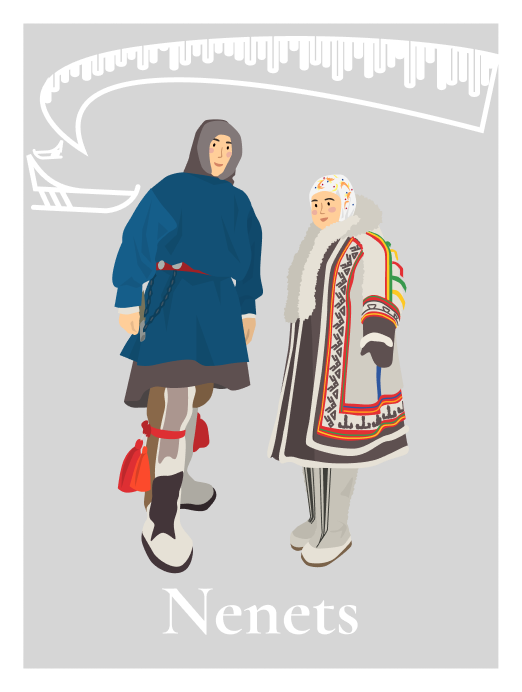
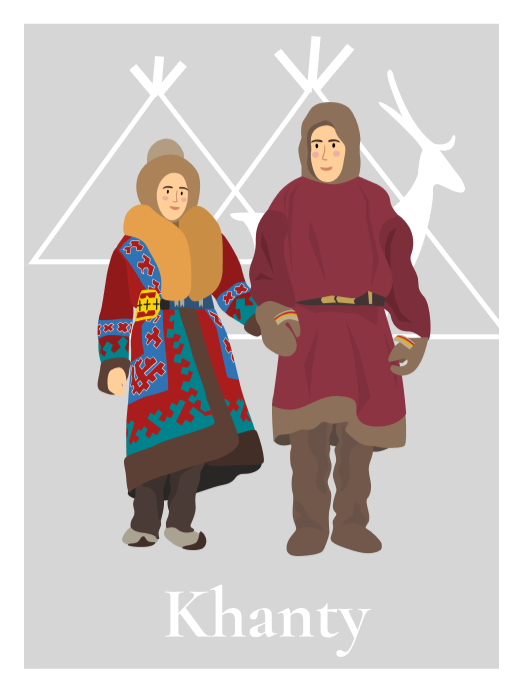


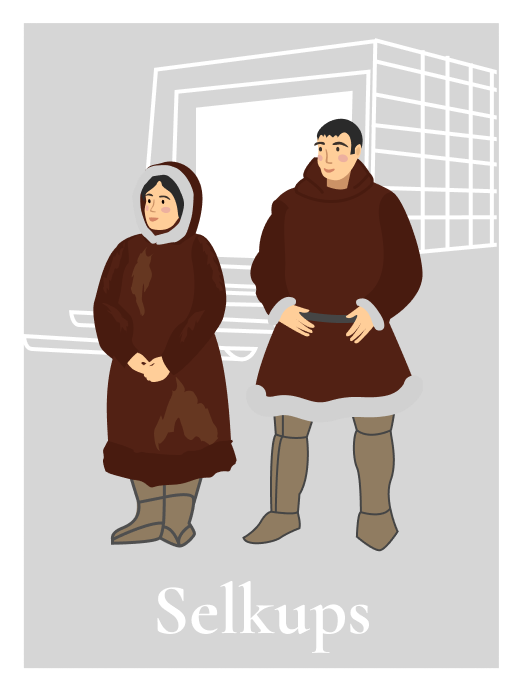
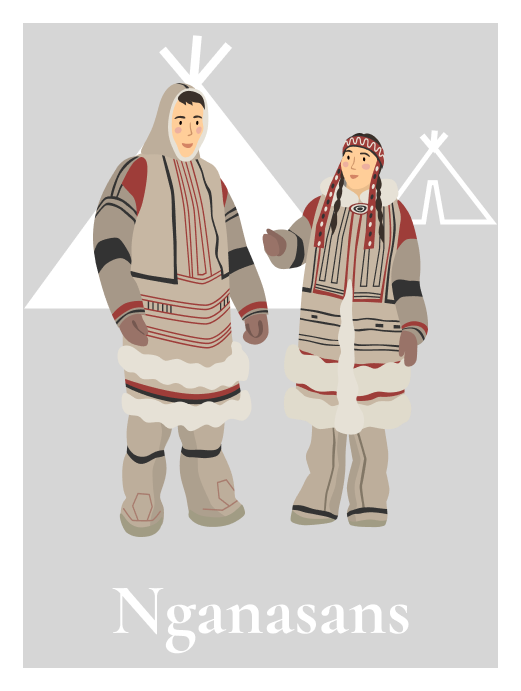
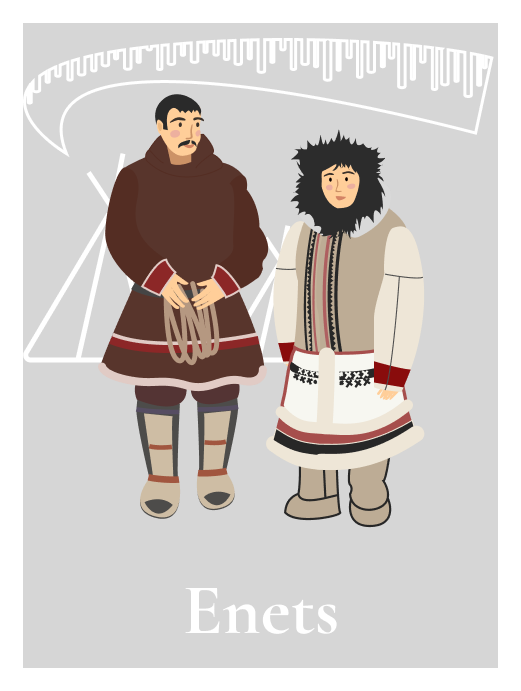
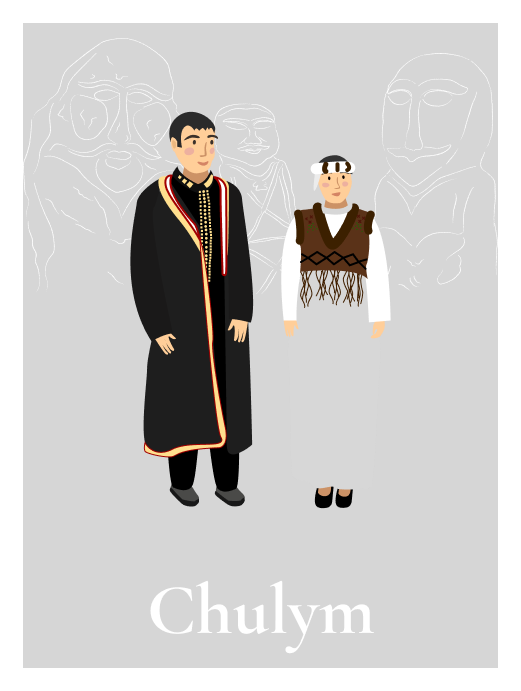
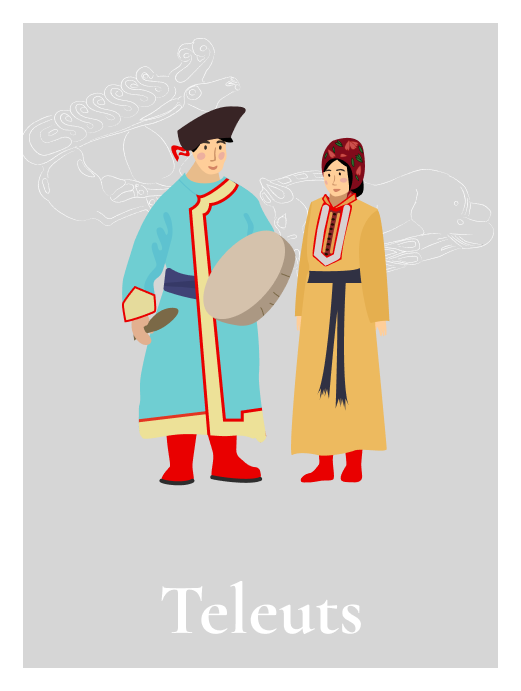


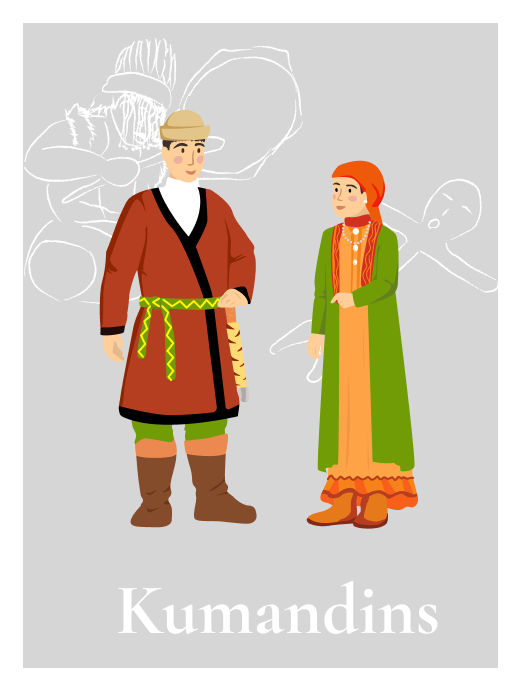

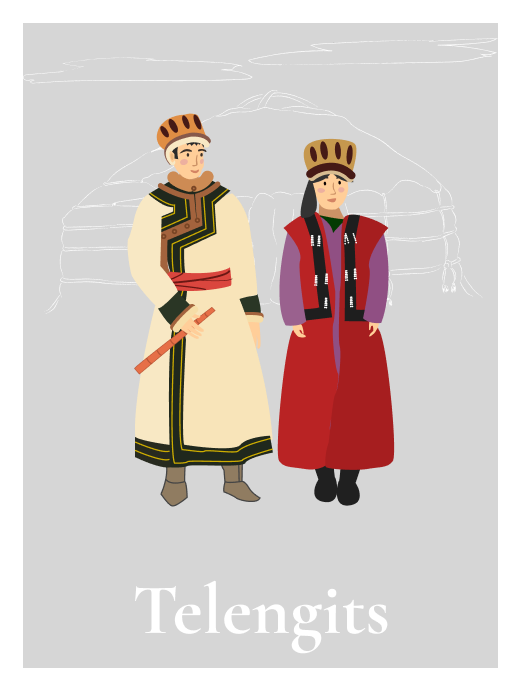

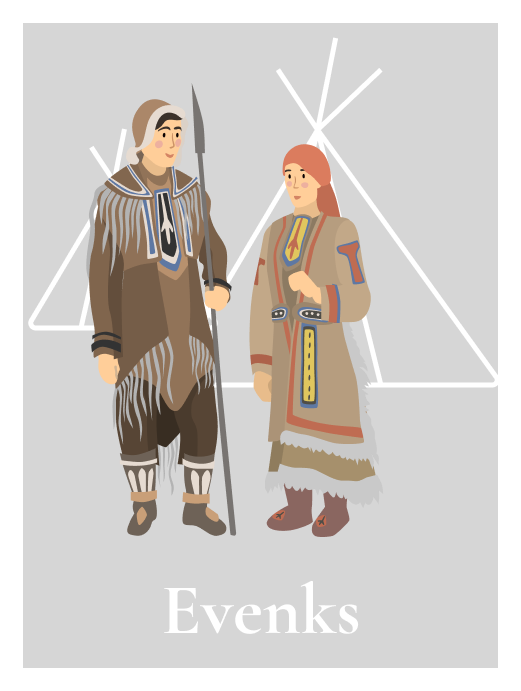
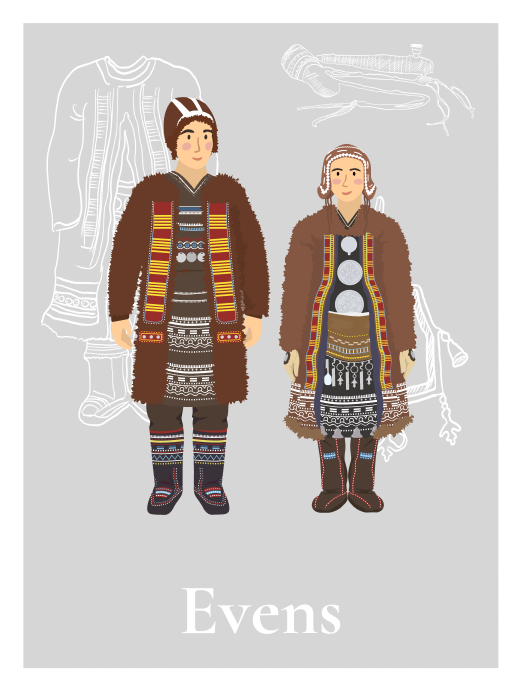
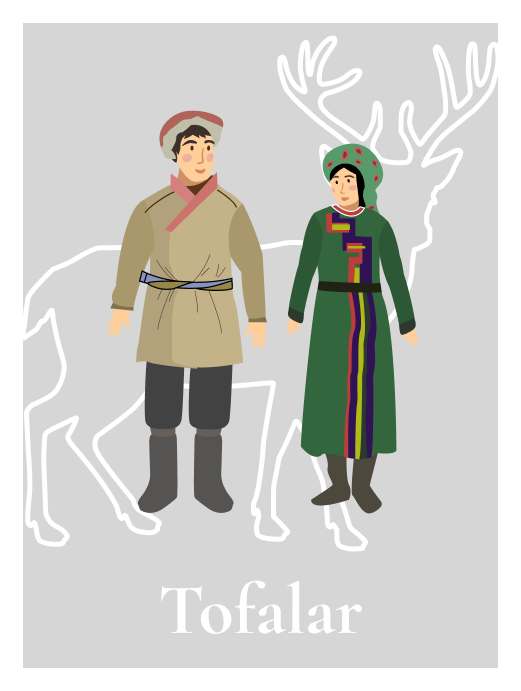
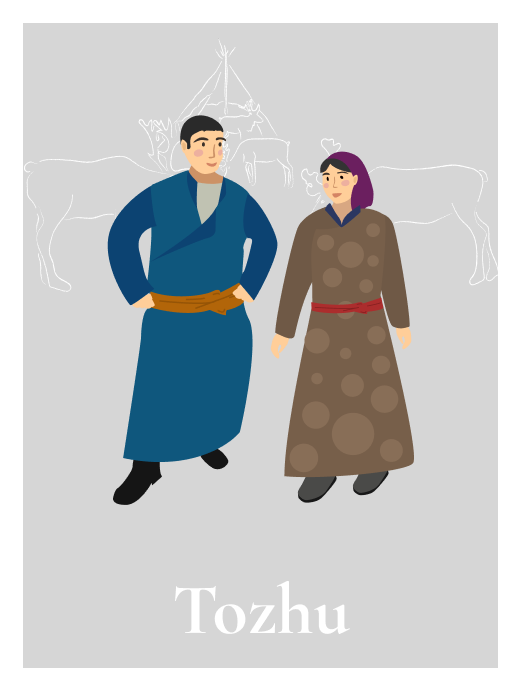
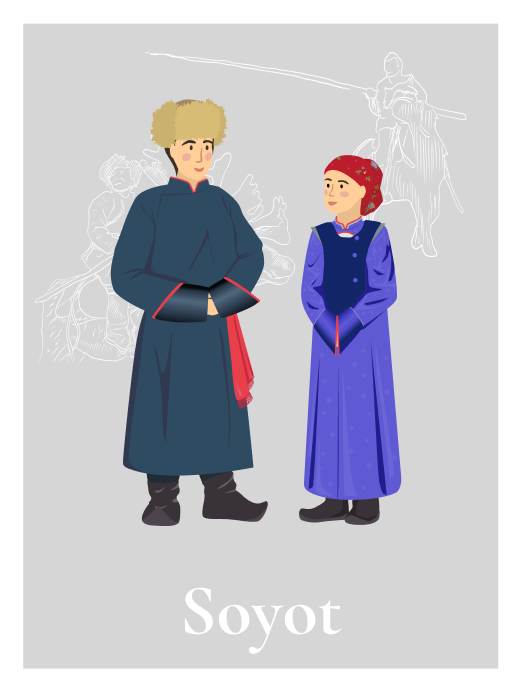
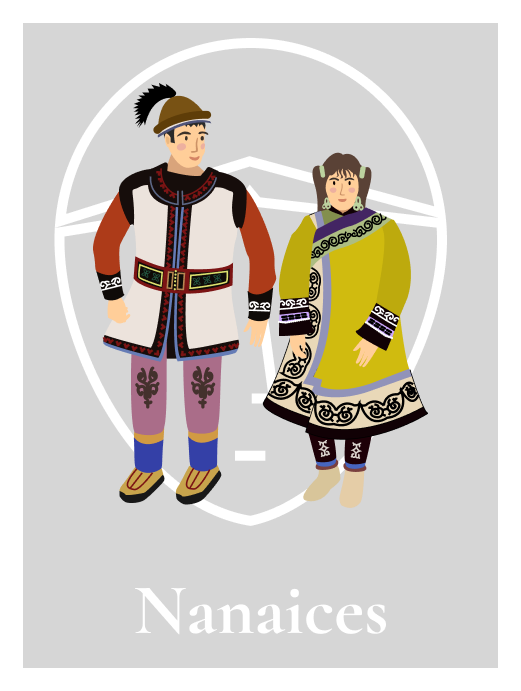
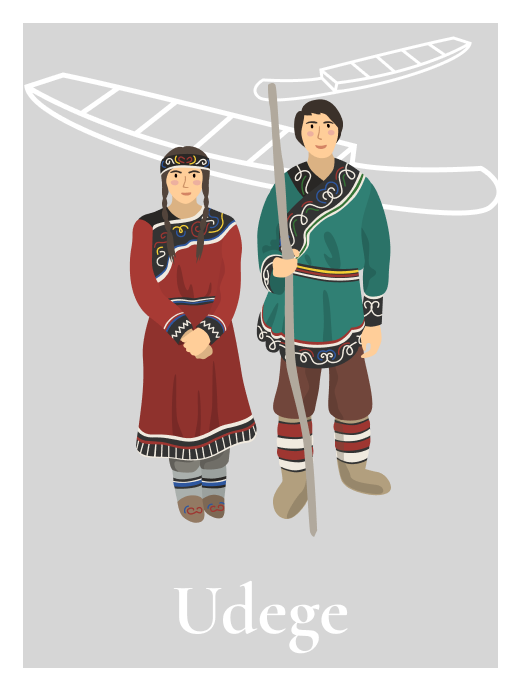

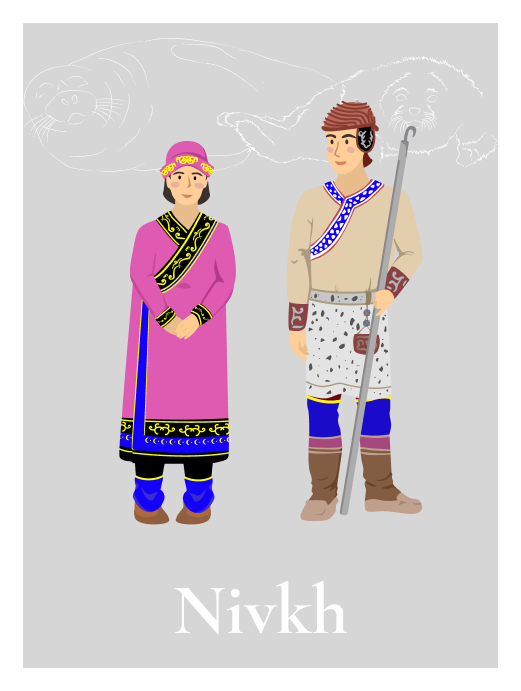
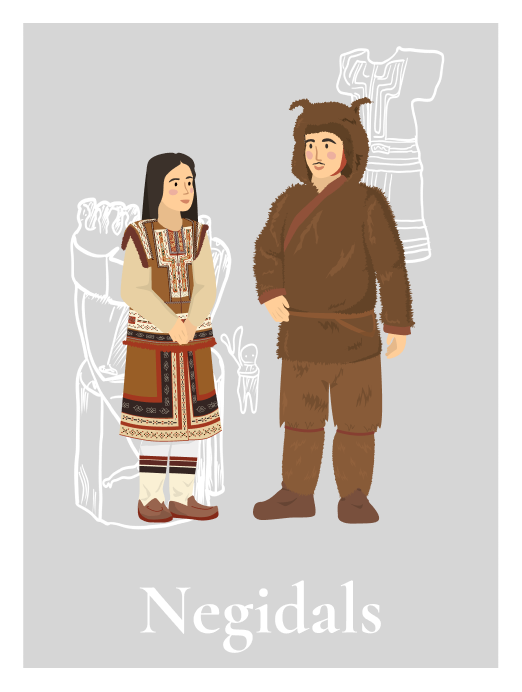
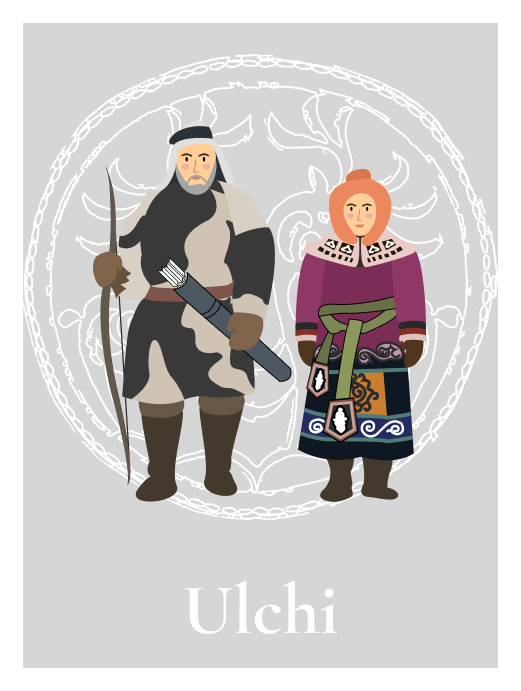


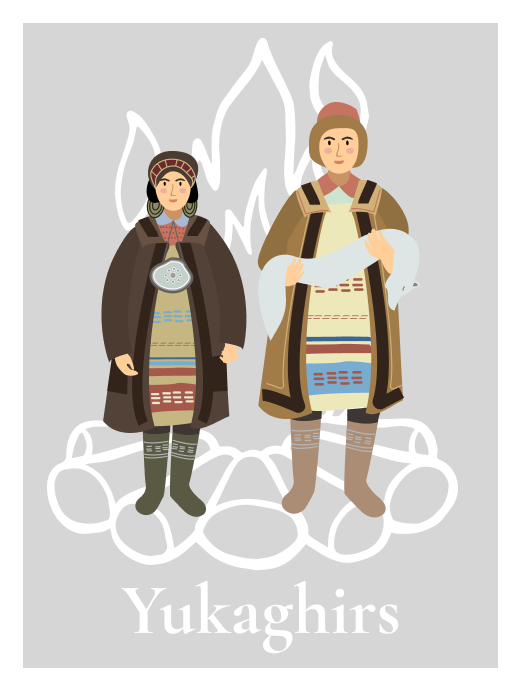
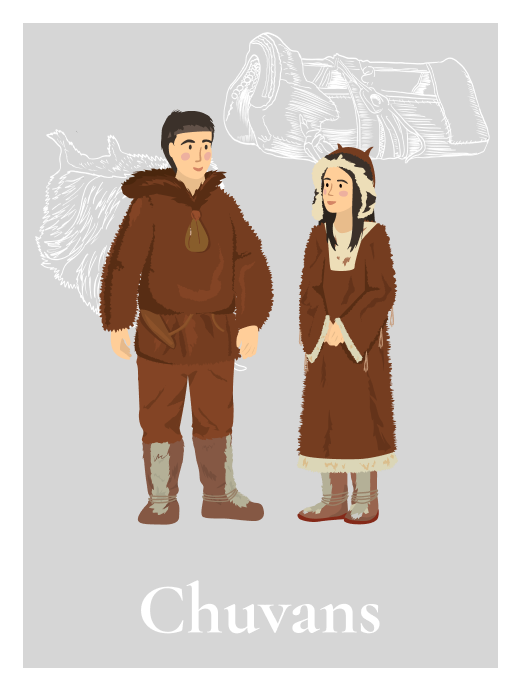
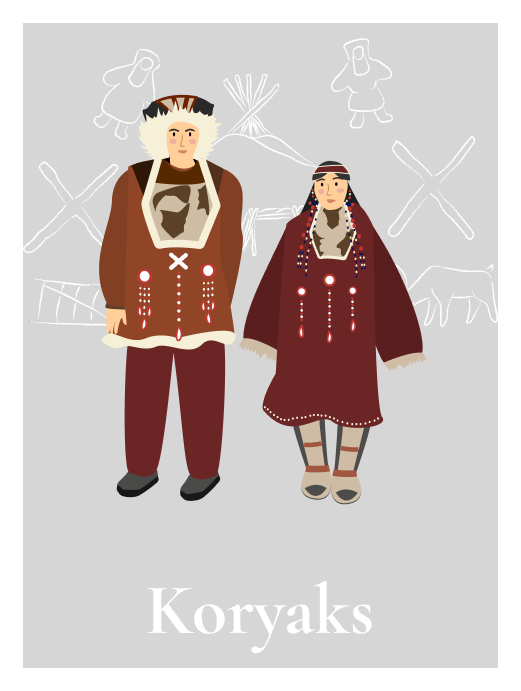

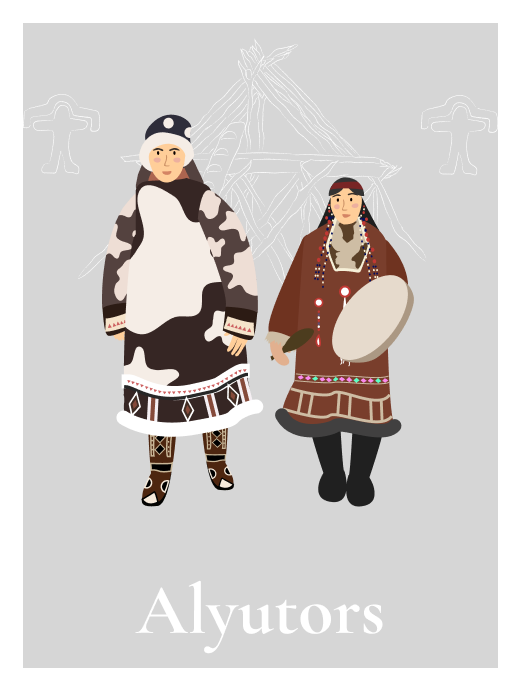


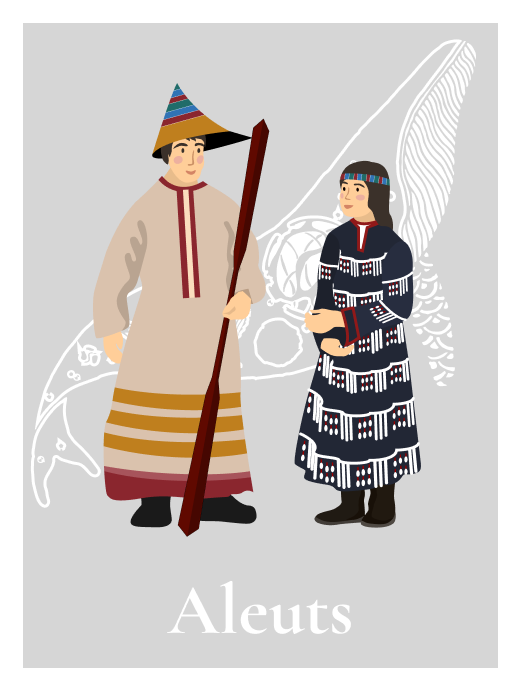

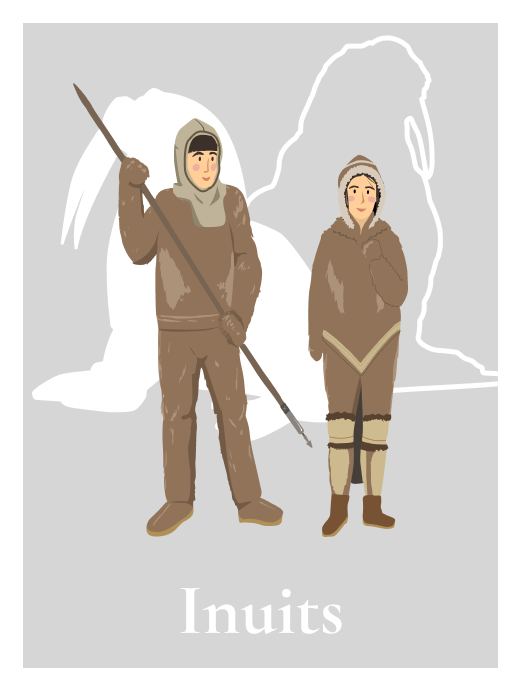
Evenks (called the Tungus before 1931) are a Tungus Manchu people living in Russia, Northeast China, and Mongolia. They settled in small groups over a vast territory from the Urals to the Pacific Ocean, from the Arctic Ocean to Mongolian steppes and Northeast China.
Evenks are minorities in all areas of their primary settlement; they live next to larger peoples. The share of rural Evenks varies from 0.3% in the Amur region to 21.5% in the Evenk municipal district (former autonomous area) in the Krasnoyarsk territory. They account for no more than 2.3% of population in the rest of the Krasnoyarsk territory, for 2.2% in Buryatia, for 2.2 % in the Trans-Baikal territory, and for 0.5% in the Irkutsk region. Today, most settlements with Evenk population are located in the taiga; those were the places where they settled when they were switched to the settled way of life. They live next to Russians and other peoples of Russia.
Evenk folklore features myths, fairy tales, heroic tales, and legends (Evenks use one word for them, nimngakan) ulgur, or stories preserved in the memory of the living, and also improvisational songs, songs with established texts, translated songs, shamanic songs, riddles, proverbs, protective incantations, and prohibitive incantations.